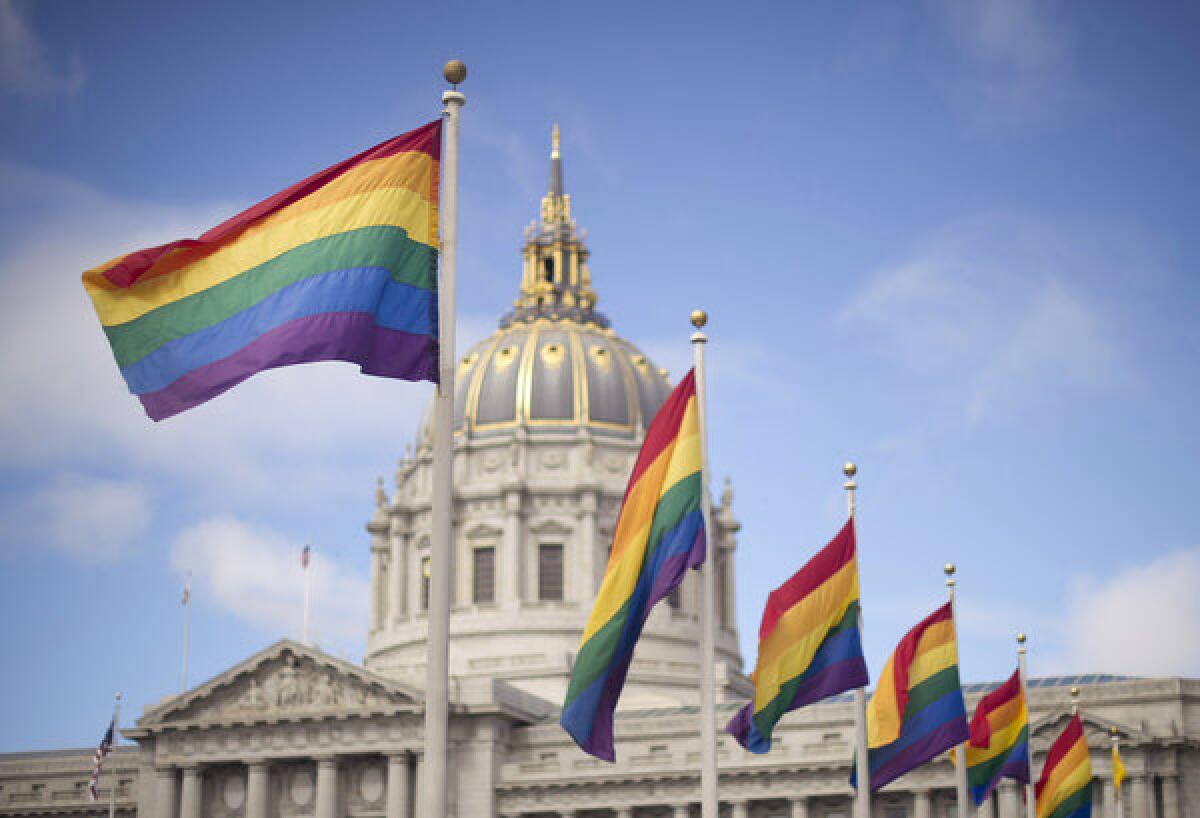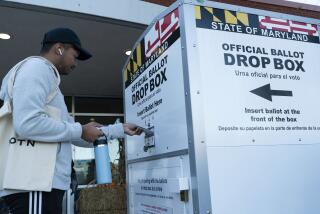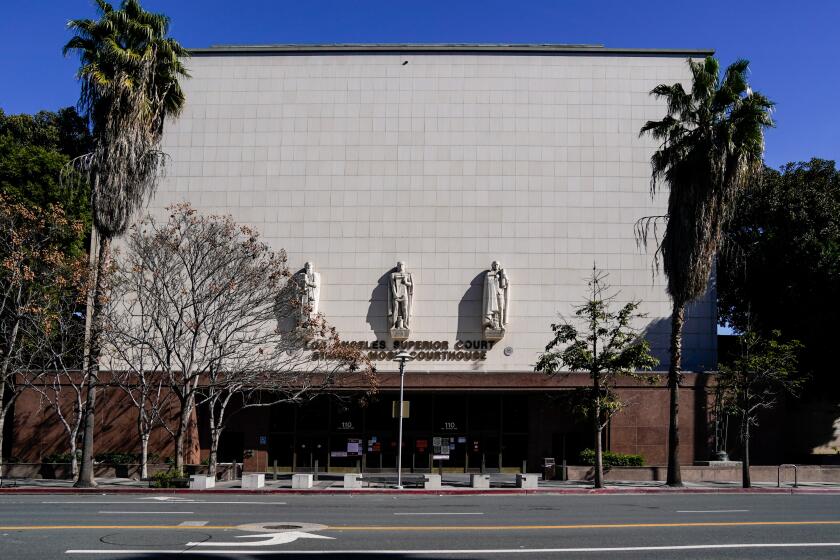SCOTUS resolved some, but not all, issues

The twin rulings on marriage equality Wednesday were historic in different ways. One of them — Justice Anthony M. Kennedy’s decision in Windsor vs. United States, which struck down a key portion of the federal Defense of Marriage Act — will be celebrated for its ringing endorsement of the equality and dignity of same-sex couples.
The second decision is poised to be historic not so much for its language but for its effect. In Hollingsworth vs. Perry, the court found that Proposition 8’s proponents lacked legal standing to appeal a lower court decision declaring that measure unconstitutional. But the primary effect of this procedural ruling will be to reinstate U.S. District Judge Vaughn Walker’s sweeping decision, which declared Proposition 8 unconstitutional and prevented the state from enforcing it.
Taken together, the decisions mark an enormous victory for same-sex couples. They also mark the U.S. Supreme Court’s first foray into the issue. Before Wednesday, it was state supreme courts that made most of the legal headlines on marriage equality.
VIDEO: Understanding the Prop. 8 and DOMA decisions
The marriage debate exploded on the national scene in 1993 with a surprise Hawaii Supreme Court decision that seemed poised to legalize same-sex marriage under that state’s constitution. While that ultimately did not happen, a decade later, it was another state’s supreme court that took historic action. The 2003 Goodridge decision of the Massachusetts high court made same-sex marriage a reality in the United States and led the way for other states that followed.
Now the U.S. Supreme Court has entered the fray, and its rulings are likely to accelerate the considerable momentum toward full marriage equality. Kennedy invoked a principle of state autonomy in his ruling, bristling at the federal government’s intrusion into the realm of family law. But the meat of the decision, with its soaring rhetoric about equal liberties and the injustice of the federal government demeaning married same-sex couples (and their children), makes it seem more a question of when, not if, there is national marriage equality.
Still, it’s important also to take notice of some things that Wednesday’s decisions are not. They do not support a romantic, triumphalist story of the Supreme Court sparing no effort to protect minorities.
DECISION: U.S. Supreme Court on Prop. 8
In fact, not only did the court come late to the party, it also did not issue the kind of broad ruling in the Proposition 8 case sought by the all-star legal team of Ted Olson and David Boies. They pressed vigorously for a ruling requiring every state to marry same-sex couples, but the court eschewed that step, instead resolving the case on narrower procedural grounds.
And the notion that this court could be said to have any categorical commitment to safeguarding the rights of minorities could not survive Tuesday’s devastating ruling wiping out a major provision of the historic Voting Rights Act, a decision that paradoxically cited the very success of the law as the reason for getting rid of it.
Nor do Wednesday’s decisions signal the end of marriage litigation. While the decision in Windsor extends broad federal recognition to same-sex marriages, the situation in the states is far less clear. Same-sex couples still cannot marry in two-thirds of the states. And, what happens when someone lawfully married in, say, New York, travels to Mississippi or Utah? That is not a new question — it has long been a part of this debate — but it remains unresolved by Wednesday’s decision.
FULL COVERAGE: Prop. 8 and DOMA
Indeed, there is a separate part of DOMA that was not part of Windsor that purports to give states special authority to decline to recognize same-sex marriages licensed in other states. The duty of interstate recognition would have been a live issue even without that section of DOMA, but that issue remains to be sorted out either way and is sure to be litigated.
There is ample ammunition in Windsor for those arguing that any state that does not recognize or grant same-sex marriages must begin to do so. The heart of Windsor is about the respect and dignity of same-sex couples and the injustice of stigmatizing their unions. While the opinion itself says the ruling extends only to couples who are already married under the law of a state, it is hard to see how the evocative idea of dignity that forms the core of the opinion can be so cleanly cabined.
But Windsor also sings the praises of state autonomy. As the court’s swing vote and a frequent devotee of federalism, Kennedy may not be ready to stand squarely behind his ringing call for equality when it runs headlong into his commitment to state autonomy.
There is likely to be further litigation in California too. The effect of the Supreme Court’s ruling is to reinstate the district court decision striking down Proposition 8. Gov. Jerry Brown has already ordered county clerks in the state to start issuing marriage licenses to same-sex couples as soon as the federal appeals court lifts its stay.
But there are legal questions about the scope of Walker’s decision and who is bound by it. The next move to watch is whether the proponents of Proposition 8 try to litigate their view that Walker lacked the authority to issue a statewide ruling. Likewise, some clerks who oppose marriage equality may balk at the governor’s order and trigger a lawsuit from a couple that wishes to marry and cannot obtain a license. Proposition 8 is most likely gone for good, but it may take some time to sort that out.
In coming years, the Supreme Court will, I expect, resolve all remaining questions by issuing a decisive national ruling in favor of marriage equality. When it does, there will be some group of states that will have resisted that result to the bitter end. In the meantime, Windsor provides what will be the key cornerstone for that eventual decision, and it propels the momentum for marriage equality.
In the meantime, as further federal litigation unfolds, the state courts and the political process will continue to play the significant role they have played in recent years. This will not — and should not — be a story written by the Supreme Court alone.
Jane Schacter is a professor of law at Stanford Law School.
More to Read
A cure for the common opinion
Get thought-provoking perspectives with our weekly newsletter.
You may occasionally receive promotional content from the Los Angeles Times.






